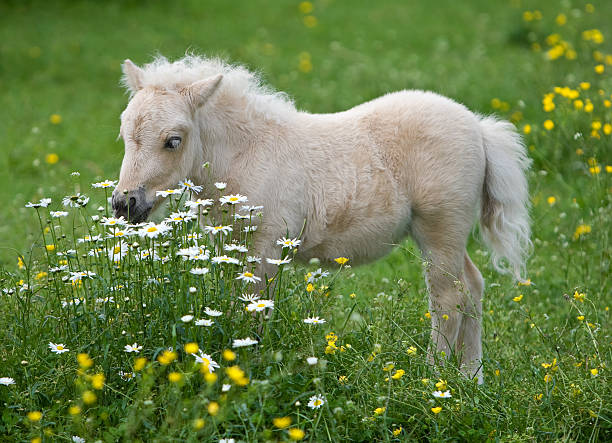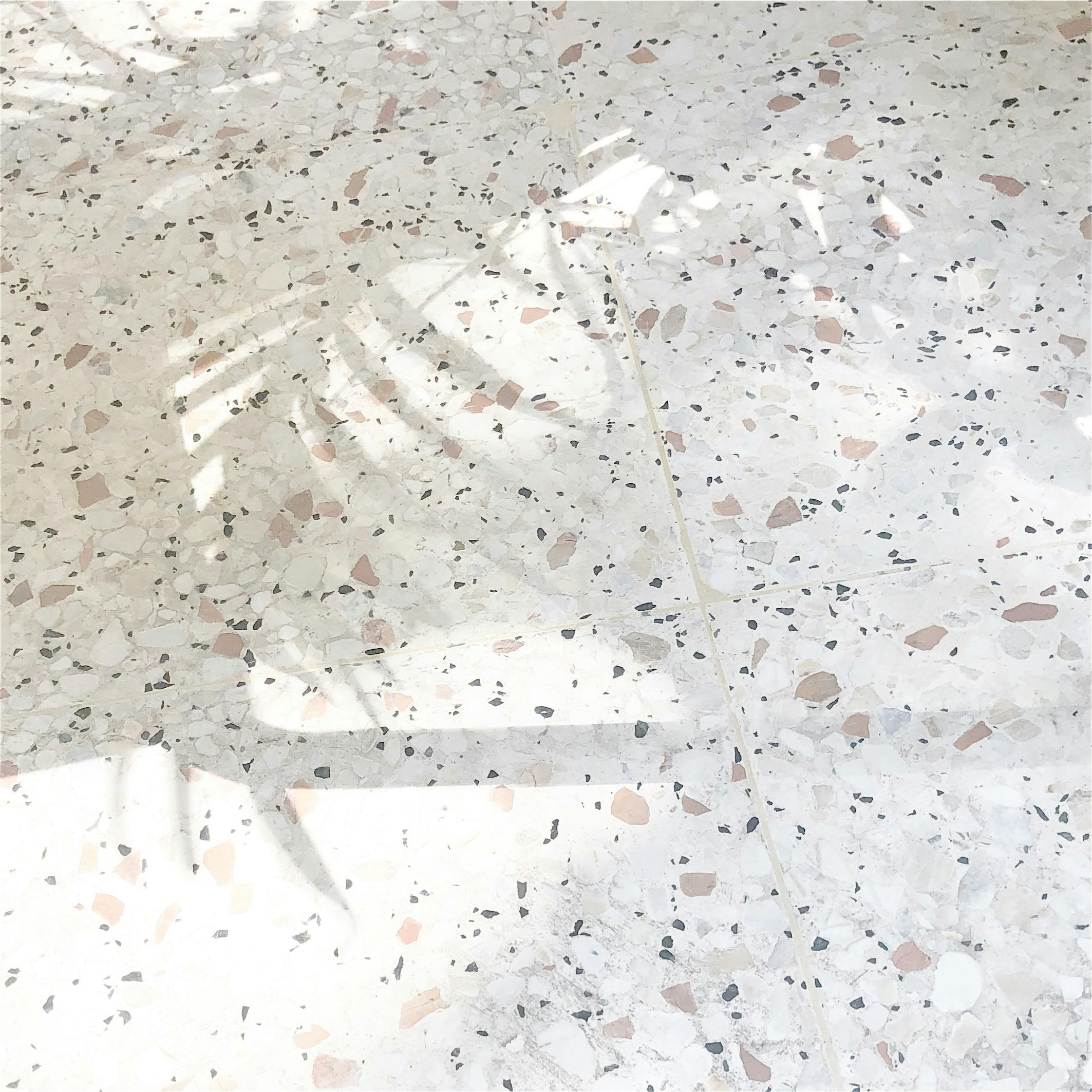A Dive Into the World of Seeing-Eye Miniature Horses
Many of us are familiar with dogs as service animals, but have you ever heard of seeing-eye miniature horses? This fascinating topic offers a refreshing perspective on the service animal industry, emphasizing the unique benefits these pint-sized equines can offer visually impaired individuals.

The Roots of Miniature Horse Guide Animals
The use of miniature horses as guide animals traces its roots back to the early 1990s. A woman named Janet Burleson pioneered the concept after realizing that these petite equines could provide the same level of service as guide dogs but with a significantly longer lifespan. Over the years, the use of miniature horses as guide animals has grown, with several training programs now available to prepare these animals for their important roles.
The Modern Day Use of Miniature Horses
In the present day, miniature horses continue to serve as vision-impaired people’s companions. Not only do they guide their owners safely through the environment, but they also offer emotional support, companionship, and a unique sense of independence. The Americans with Disabilities Act (ADA) recognizes miniature horses as service animals, allowing them to accompany their owners in most public places.
The Impact of Miniature Horses on the Service Animal Industry
The introduction of miniature horses into the service animal industry has had a profound impact. They are a great alternative for people who are allergic to dogs or those who desire a longer-term companion, as miniature horses can live up to 30 years. Although they require more care than dogs, their calm and friendly nature, coupled with their keen eyesight and excellent memory, make them superb guide animals.
The Cost and Market Influence of Miniature Horse Guide Animals
The cost of a fully trained seeing-eye miniature horse can range from $7,000 to $10,000, roughly the same as a well-trained guide dog. Their market impact is significant, with a steady demand for these equine companions. They have not only influenced the service animal industry but also opened up a new market for miniature horse breeders.
Conclusion
As we delve deeper into the world of service animals, it’s clear that our understanding of the capabilities of different species continues to grow. The use of miniature horses as guide animals is a testament to this, demonstrating that with the right training and care, these extraordinary creatures can provide invaluable assistance to those in need. Their introduction into the service animal industry has not only provided a unique alternative for the visually impaired but also enriched our appreciation of the diverse roles animals can play in our lives.






